Today, when the war has receded, the traditional villages of the past continue to promote the revolutionary spirit, becoming a bright spot in the movement to build new rural areas. Changes in infrastructure, life, and socio-economy show that new vitality is spreading strongly on the very land that was once stained with the sweat and blood of our ancestors...
From prominent revolutionary movements...
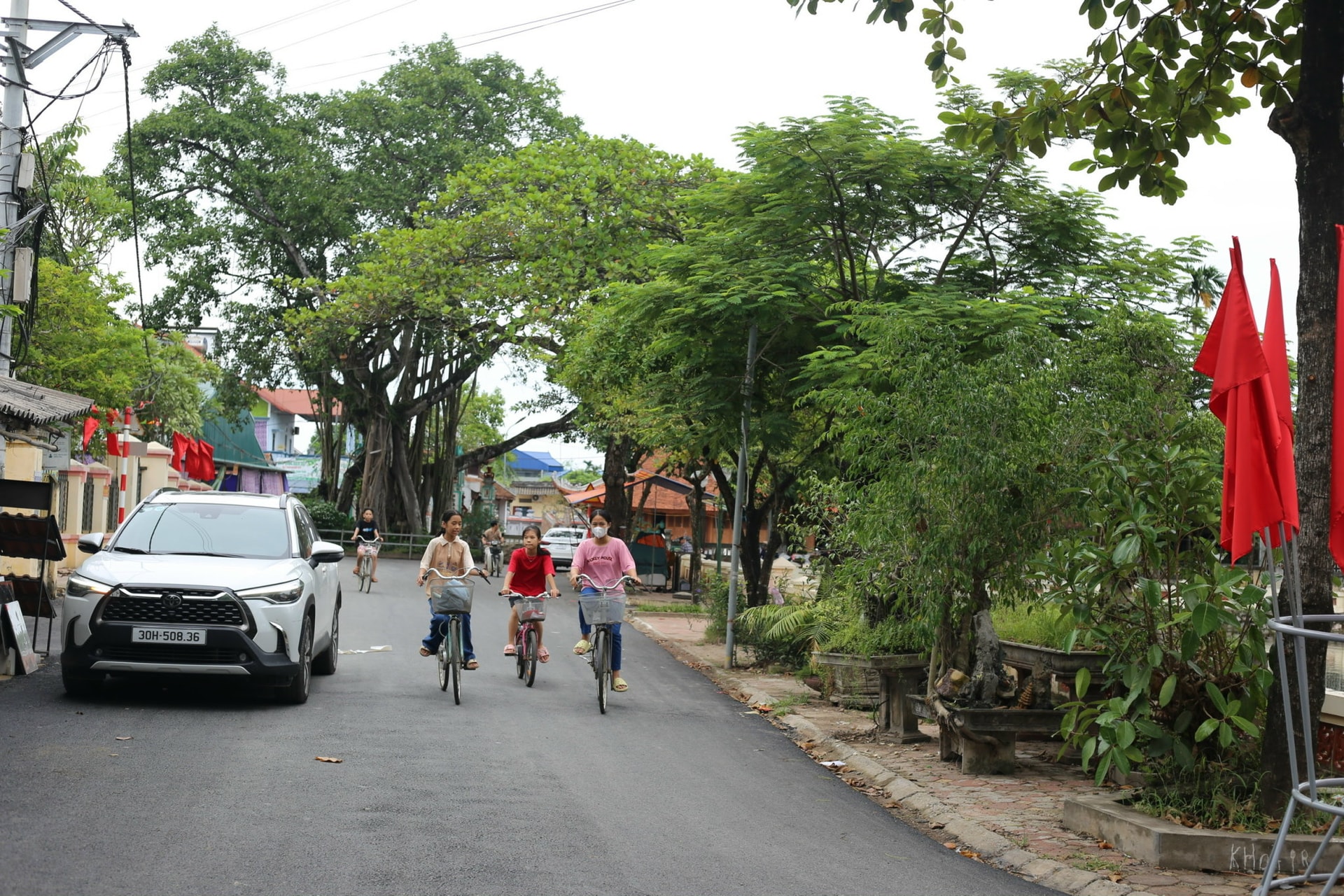
During the arduous years of resistance, when generations of young people went to war, Hoa Xa hometown (Thai Hoa commune, Ung Hoa district) left a deep impression with the "Truong Son stick" movement. From a small bamboo stick accompanying Truong Son soldiers when they crossed forests and mountains, that simple stick became a symbol of indomitable will, of homeland love sending faith in victory!
Mr. Phung Van, former Chairman of the Veterans Association of Hoa Xa Commune (now Thai Hoa Commune), shared: “The Truong Son stick is attached to the soldiers like a part of their flesh and blood. On every march, every time we are tired and have hardships, the stick reminds us of our beloved home, always waiting and believing in the day of victory."
According to the Standing Deputy Secretary of Thai Hoa Commune, Do Van Tuyen, during the resistance war against the US, Hoa Xa Commune (before the administrative merger) was also notable for the “Loyalty Ring” movement of girls expressing their steadfast hearts when their lovers went to war. With many great contributions, in 1973, Hoa Xa was honored to be awarded the title “Hero of the People’s Armed Forces” by the State.
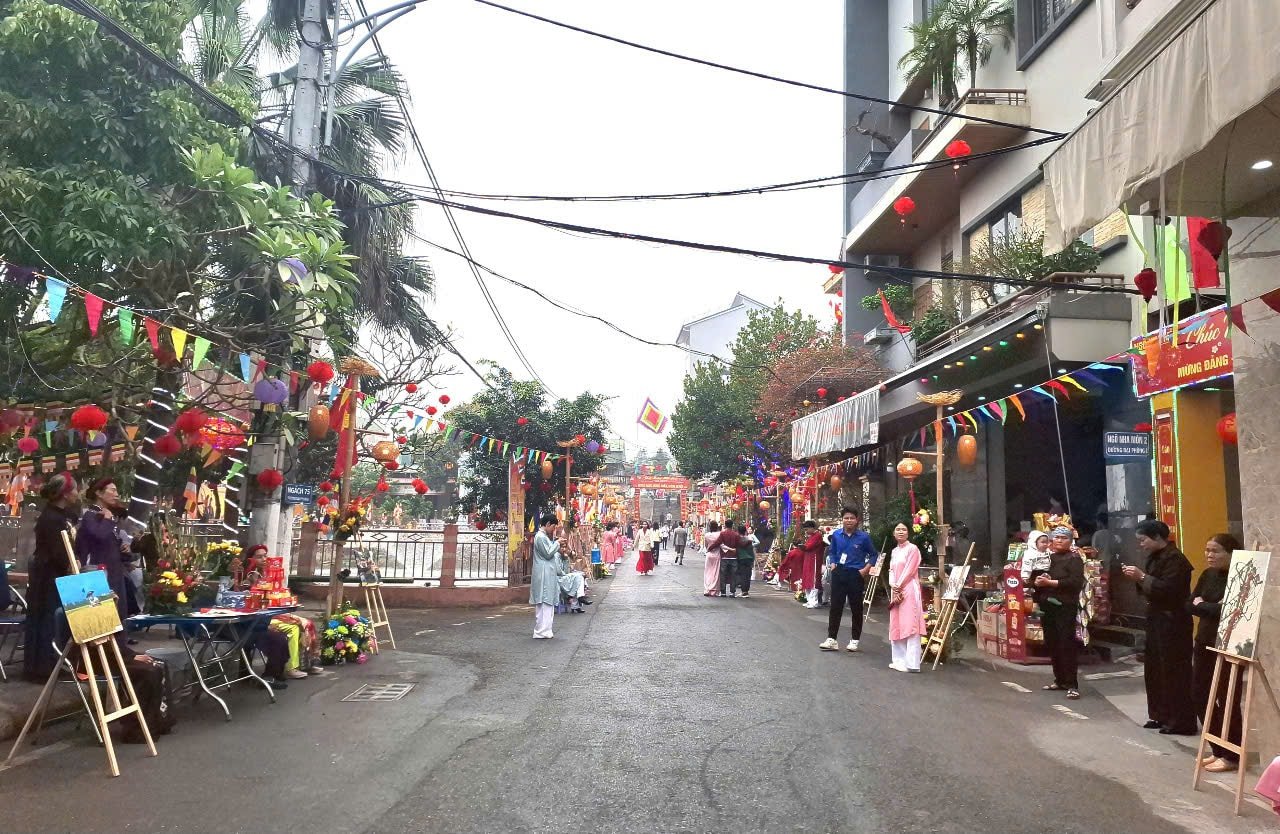
Not only Hoa Xa, the revolutionary movement also spread to many other rural areas of Hanoi. In Dan Phuong district - a peaceful land on the banks of the Red River - was the origin of the "Three Virtues" women's movement - a movement that had a profound influence throughout the resistance war against America.
According to the President of the Women's Union of Dan Phuong District, Nguyen Thi Bay, in January 1965, when the resistance war against the US entered a fierce phase, the Union asked the District Party Committee for permission to launch the "Three Responsibilities" movement. After only one week, more than 5,600 women members voluntarily registered to participate. The movement quickly spread throughout the North, and was directly renamed "Three Responsibilities" by President Ho Chi Minh.
At that time, Dan Phuong women were “one hand plowing, one hand shooting”, both working in production, taking care of the family, and being ready to join the fight when needed. They also took on the men’s work of taking care of the fields, educating children, and taking care of elderly parents. Thanks to that strong participation, Dan Phuong became the first locality in the North to achieve a yield of 5 tons of rice/ha, creating a great buzz at that time.
Besides the “Three Virtues” movement, women in the district also competed with the models: “Three nos, three virtues”, “Dyeing mosquito nets, weaving muslin for the South”, “Two animals, three plants” (including pigs, fish and crops such as rice, corn, and mulberry) to support the front line. These efforts contributed greatly to the Great Victory of Spring 1975, unifying the country.
...to create the future
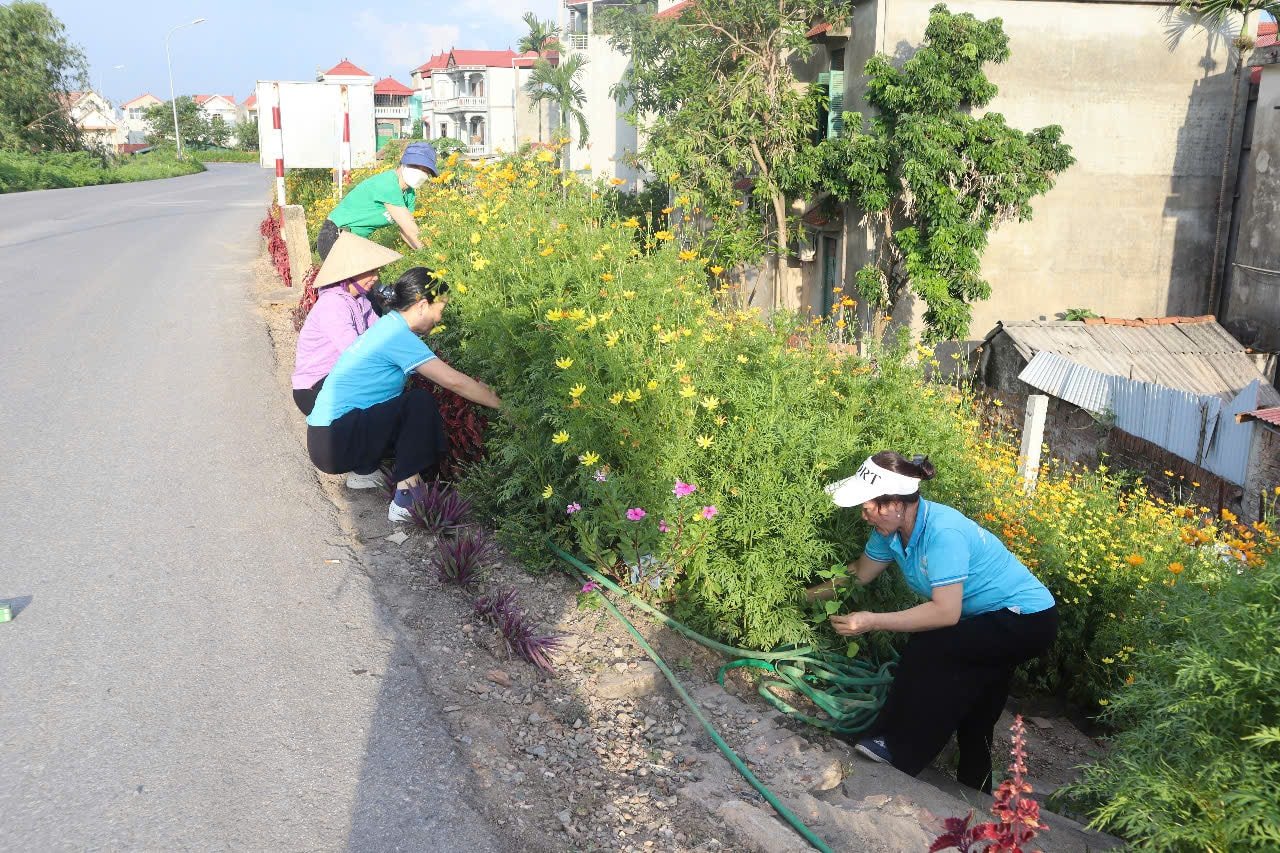
The heroic memories of the bomb era are always vivid in the minds of people in revolutionary rural areas. Along with preserving historical relics and artifacts, many localities flexibly integrate traditions into today's development practices.
In Thai Hoa commune, many veteran families still preserve war relics such as: "Truong Son Stick", marching diaries, handwritten letters from the front line... These artifacts are displayed at the "Homeland of the Truong Son Stick Movement" Museum - a "red address" in traditional education work.
“We not only preserve relics but also connect that tradition with real life through movements to build cultural life, protect the environment, and preserve civilized village lifestyle,” said Mr. Do Van Tuyen.
According to Nguyen Chi Vien, Standing Deputy Secretary of the District Party Committee and Chairman of the People's Council of Ung Hoa District, in the process of building new rural areas, the spirit of solidarity, self-reliance and self-improvement has been strongly promoted. Localities such as Thai Hoa, Hoa Phu, Phu Luu, Binh Luu Quang, etc. are continuing to be arranged to re-establish the Hoa Xa administrative unit - both preserving traditions and expanding development space.
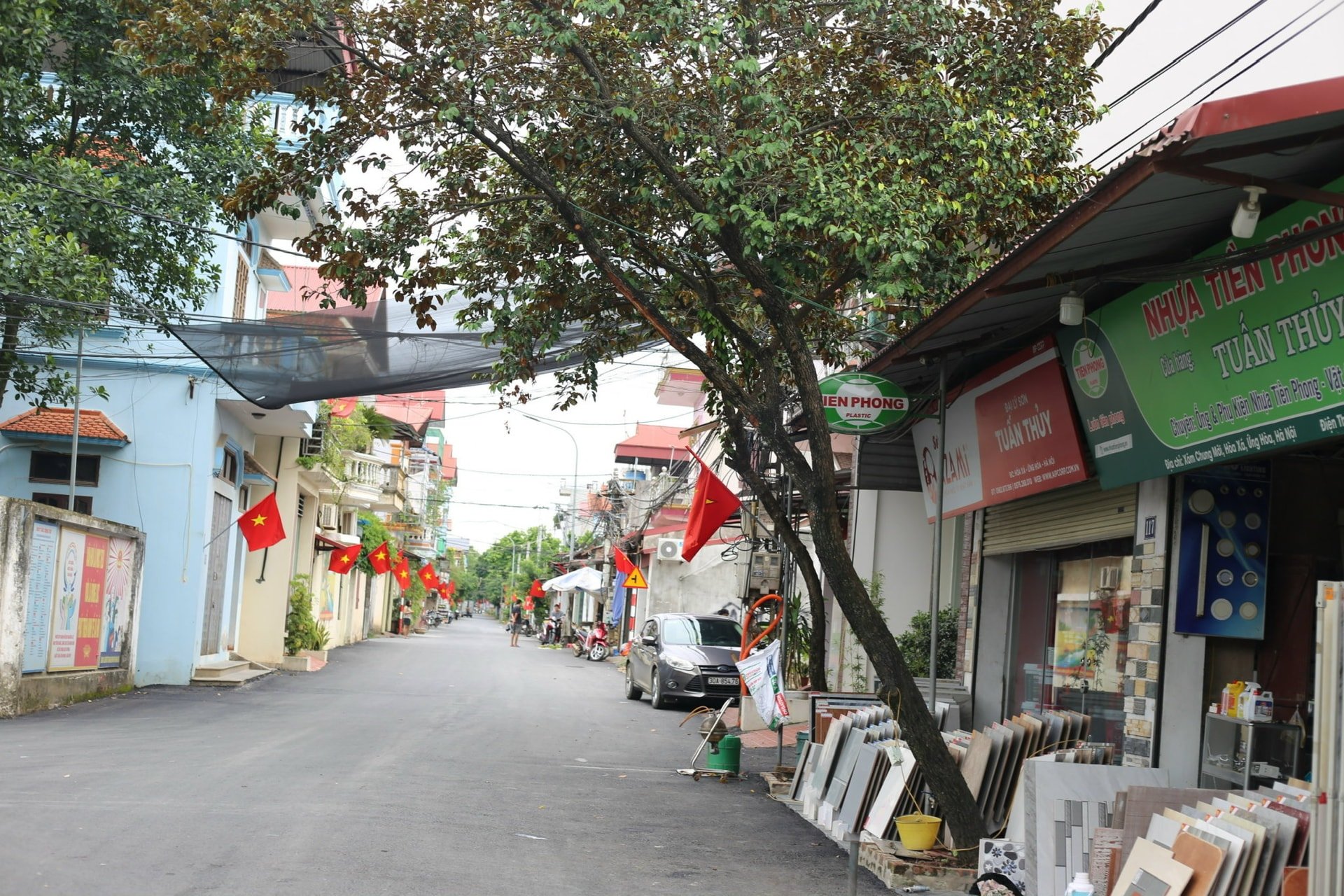
As the first district in Hanoi to achieve new rural standards in 2015, Dan Phuong continues to affirm its pioneering role as up to now, 100% of communes have achieved advanced and model new rural standards. Secretary of the Dan Phuong District Party Committee Tran Duc Hai said that the locality always focuses on promoting the tradition of patriotism, promoting the role of women and people in the new development stage.
The homeland of the “good woman” today changes every day. Wide, clean concrete inter-village roads, colorful flower paths, vivid mural walls, shady green trees... are present. Promoting tradition, the people here are always quick to change their production thinking, apply high technology, smart agricultural models, contributing significantly to the development of household economy, building cultural families, raising good children, good students...
It can be seen that in lands rich in revolutionary traditions, the countryside of Hanoi is continuing to write new pages of history - pages of innovation, creativity, and sustainable development. That is a vivid proof of the truth: Revolutionary traditions are always a source of pride, a foundation of strength in the process of protecting and building the homeland, the capital and the country...
Source: https://hanoimoi.vn/suc-song-moi-tren-nhung-vung-que-cach-mang-cua-thu-do-700891.html


![[Photo] Fireworks light up the sky of Ho Chi Minh City 50 years after Liberation Day](https://vphoto.vietnam.vn/thumb/1200x675/vietnam/resource/IMAGE/2025/4/30/8efd6e5cb4e147b4897305b65eb00c6f)



![[Photo] Feast your eyes on images of parades and marching groups seen from above](https://vphoto.vietnam.vn/thumb/1200x675/vietnam/resource/IMAGE/2025/4/30/3525302266124e69819126aa93c41092)

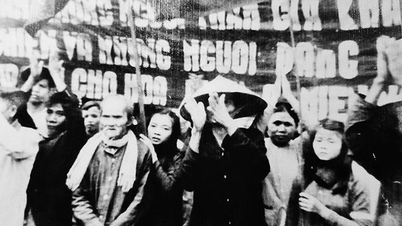

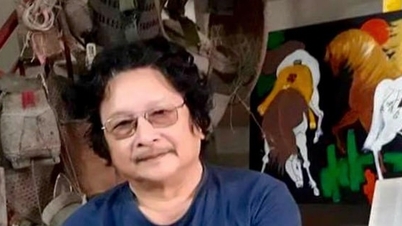
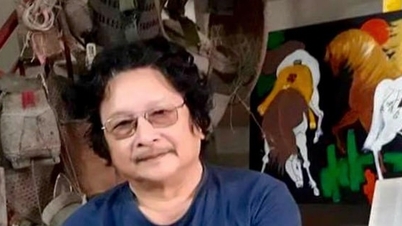
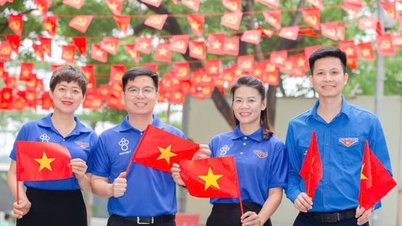
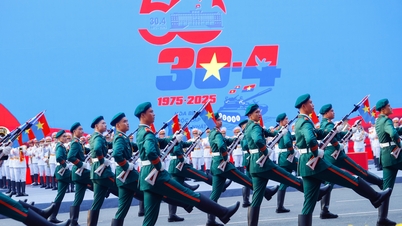




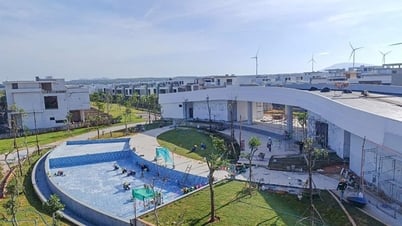






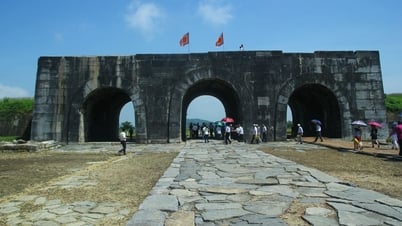



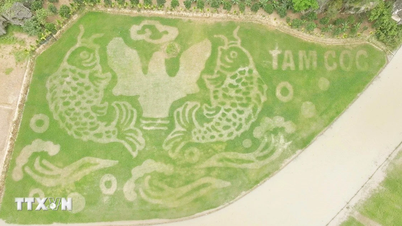







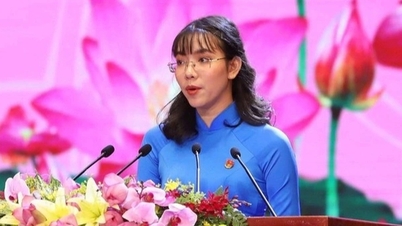



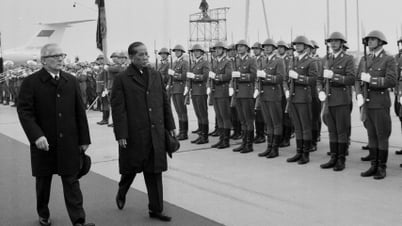

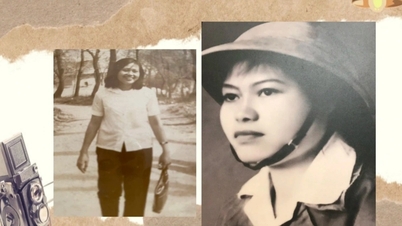

















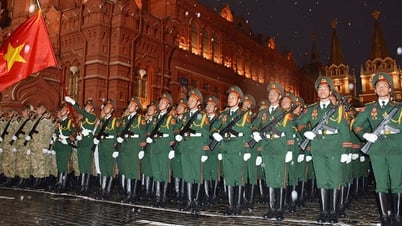












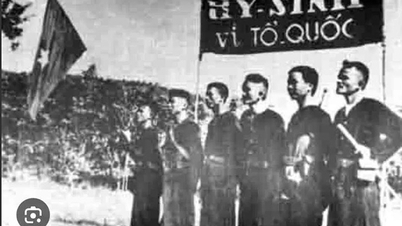
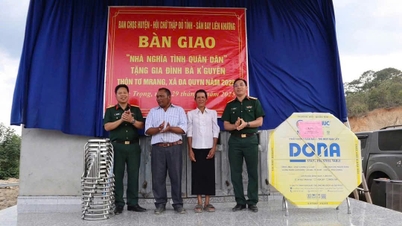

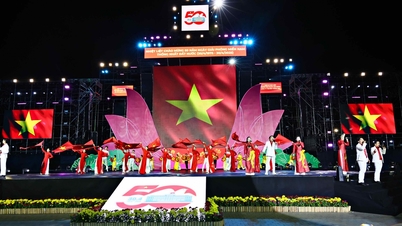














Comment (0)